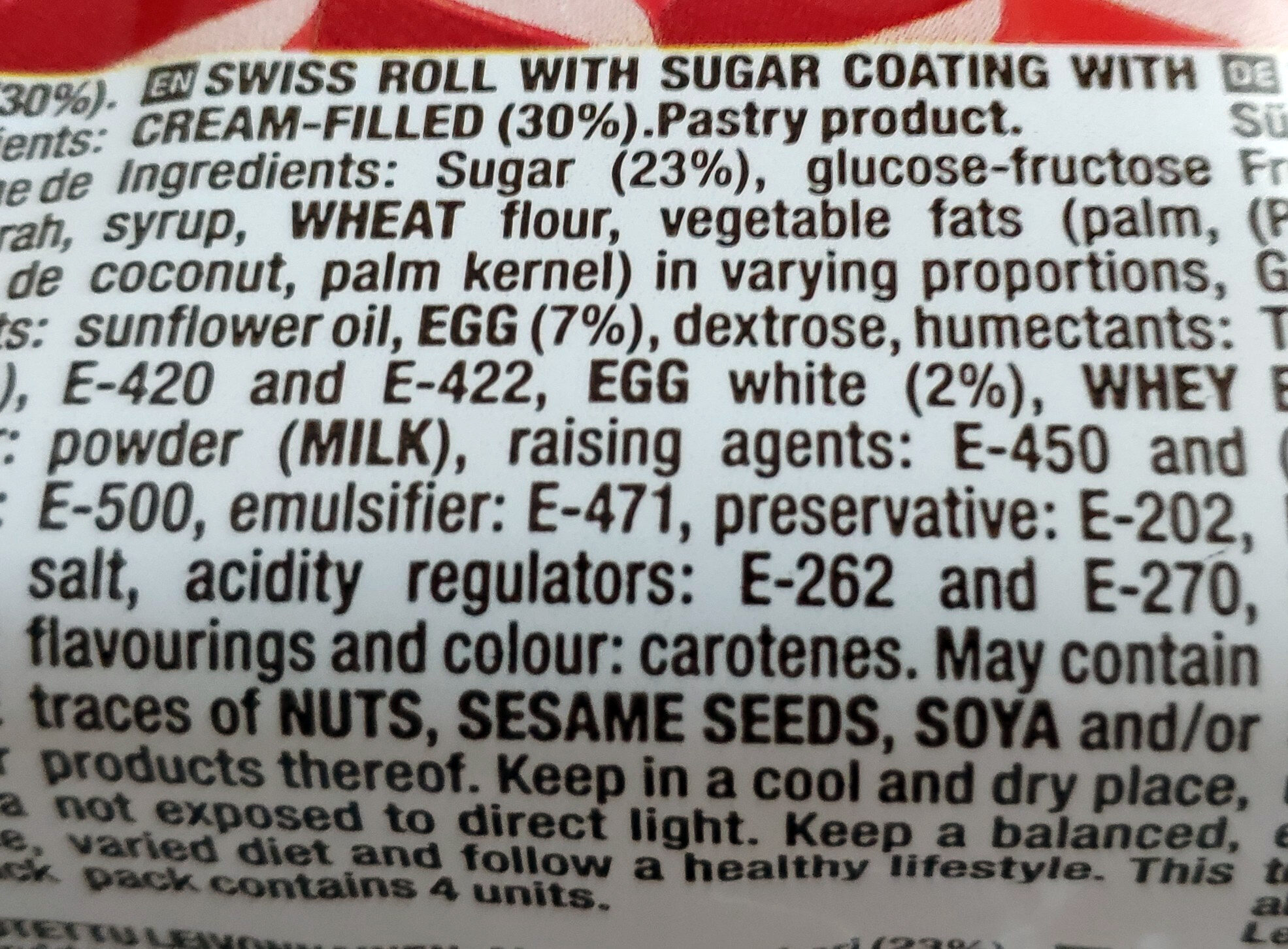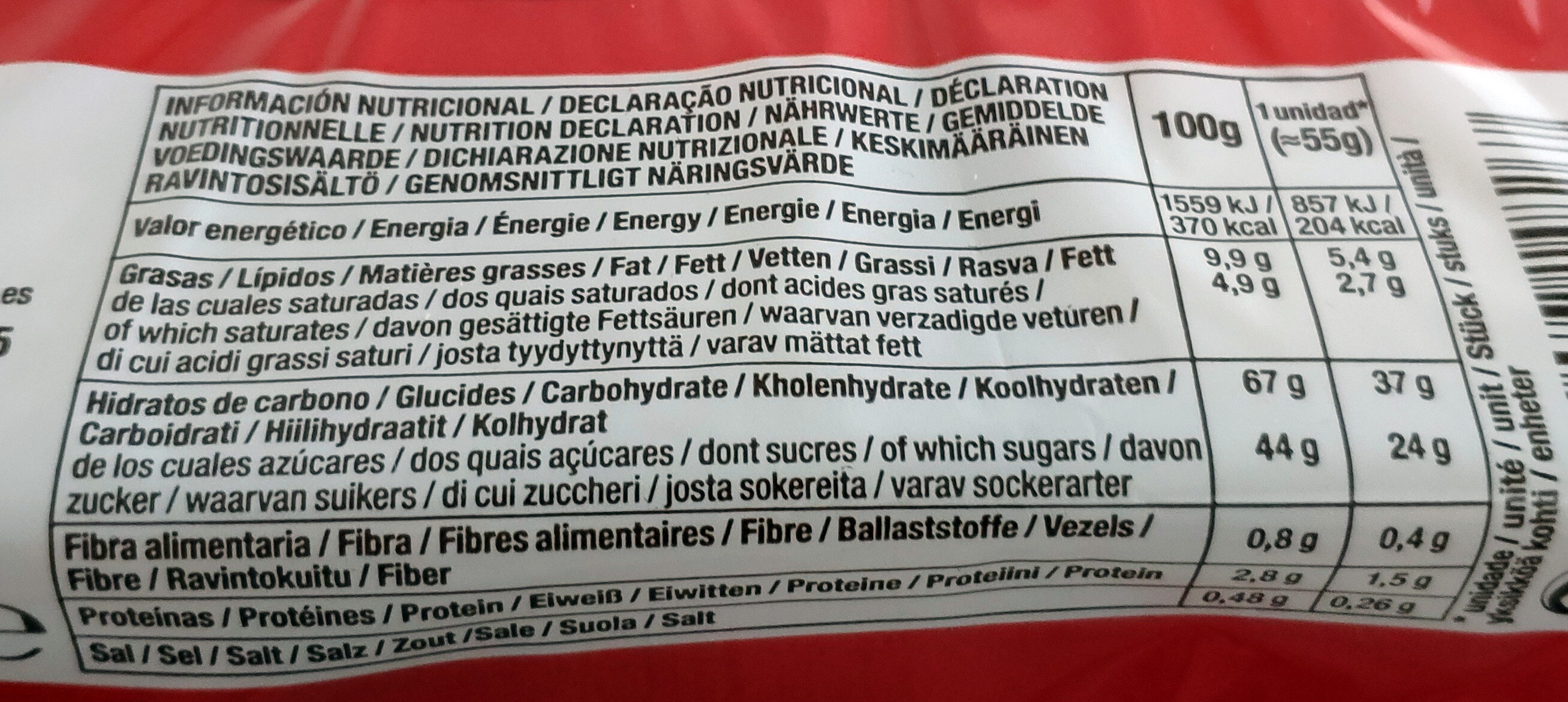Bracito relleno de nata - Dulcesol - 220g
Aquesta pàgina del producte no està completa. Podeu ajudar a completar-la editant-la i afegint-hi més dades a partir de les fotos ja disponibles, o fent-ne més amb l'aplicació de androide o iPhone / iPad. Gràcies!
×
Codi de barres: 8410087148267 (EAN / EAN-13)
Nom comú: Swiss roll with sugar coating with cream-filled (30%)
Quantitat: 220g
Marques: Dulcesol
Categories: Snacks, Aperitius dolços, Galetes i pastissos, Pastisseria
Etiquetes, certificacions, premis:
Punt verd
Llocs de fabricació o processament: Spain
Enllaç a la pàgina del producte en el lloc oficial del productor: https://dulcesol.com/producto/bracito-az...
Botigues: Consum
Matching with your preferences
Entorn
Empaquetament
Transport
Espècies amenaçades
Report a problem
Fonts de dades
Producte afegit per kiliweb
Última modificació de la pàgina del producte per inf.
La pàgina del producte, també editada per alia, autorotate-bot, elcoco, halal-app-chakib, openfoodfacts-contributors, roboto-app, thaialagata, yuka.DpNSH-TSE-suBNze8K4tgge8ErfxKMV8AlwPoQ, yuka.ZDQwL0laNEUvc2NqZ2ZSajVEM3k5ZjRrNmFIMllFZWFGY3czSVE9PQ.










